With a new, physical studio in Berlin came a refreshed visual identity for German news show ZDF Mittagsmagazin (ZDF mima), as it turned to Amsterdam-based studio CapeRock to create something “simple, clear and significant,” said ZDF Designer Olaf Repovs.
“ZDF was also looking to change their appearance a bit with a more modern, contemporary appearance, and younger profile,” said CapeRock Strategy Director Marco-Paul de Jeu.
With that in mind, moving production from a virtual to real set in the heart of the country’s capital also reflects the station’s commitment to in-depth news, and that’s something CapeRock conveyed through a new design system that uses the four letters of the “mima” logo, four categories of programming and four colors and corresponding tints to “peel back the different layers of information” and pull viewers into the deep, analytical reporting, said de Jeau.
Focusing on news, entertainment, sports and weather, CapeRock built out a color palette for each category beginning with the corporate orange of the “mima” logo.
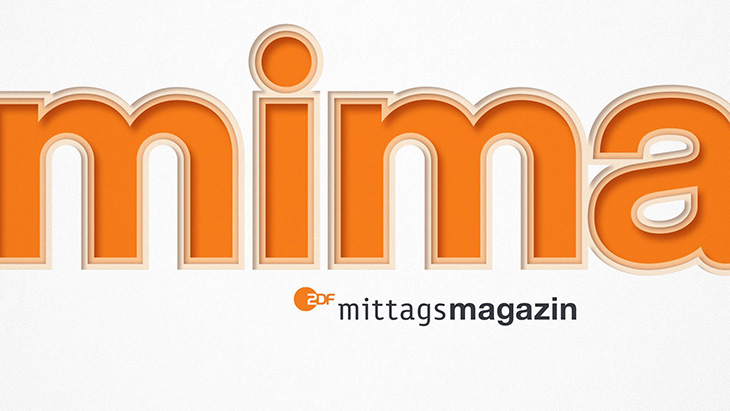
One of the requests was “to make it a bit more personal, and more open and modern,” said de Jeu. So the team added complementary colors of green and blue—including four tints for each of the colors— as well as different graphic shapes—such as a person running for sports, and a star for entertainment. The icons are used to introduce new themes and establish distinctive programming elements within the hour-long show.
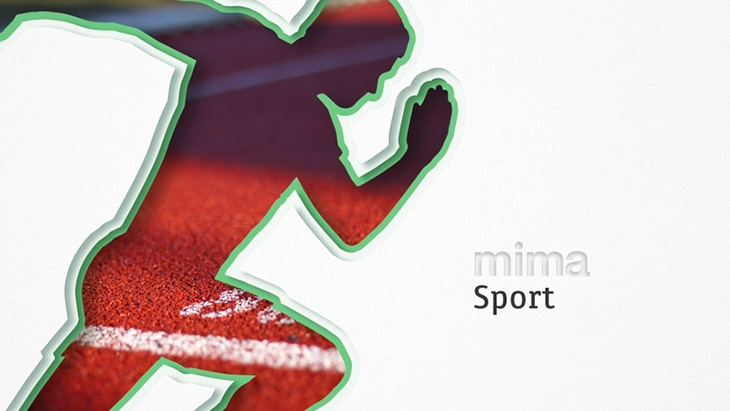
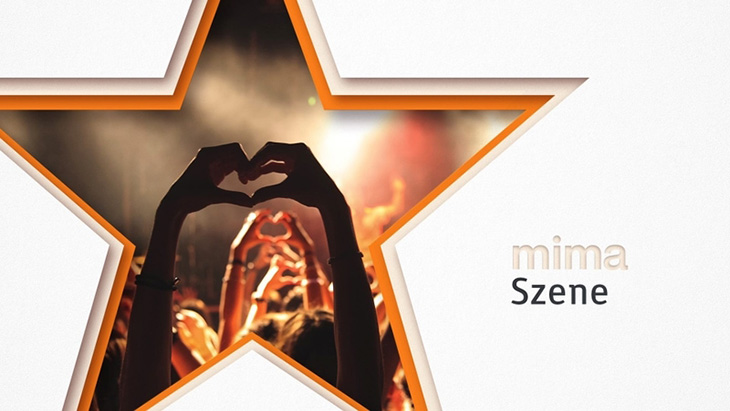
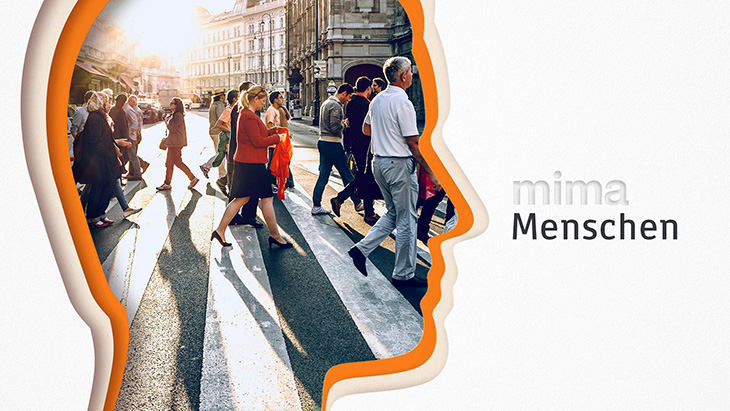
For ZDF, it was important that the on-air and on-set elements work together as one unit from a design perspective, Repovs said.
“With the on-air design, we wanted to support the simpleness of the set design,” Repovs said. “The set has a very clear structure, and clear elements. On the big LED screens, we wanted to ‘play’ with striking design.”
To accomplish this, the branding extends to the studio itself, creating continuity on-screen and on-set through what CapeRock calls a “flow-concept.” The motion graphics seamlessly transition from on-air, to essentially becoming a part of the studio by moving through layers on LED screens, creating a dynamic, contemporary approach to the design of the news program.
“The four layers basically show the uncovering of the news,” de Jeu said. “It takes the viewers deeper into the stories and events. The animation adds to the dynamics to the show, and is a useful element to take the viewer from a kind of studio shot, to the content.”
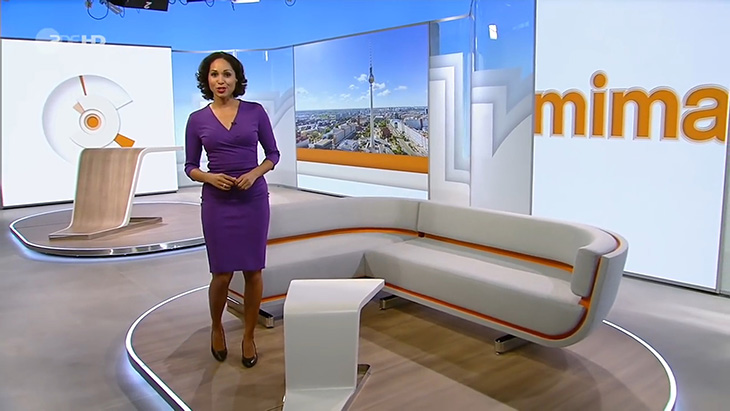
Sound Design and Social Media
Music also played a significant role in the way the graphics flow. CapeRock created a sound logo for the program, sound effects, and a unique jingle for each theme.
“ZDF wanted the music to be an evolution from what they used before,” de Jeu said. “And they wanted it to still carry a ‘newsy’ feel with some urgency.”
CapeRock’s in-house team blended old with new by combining a classic dramatic orchestral composition with electronic elements.
“Music is often a hard decision, but we think we have made a good one,” Repovs said. “The animations and the sound work great together. It has the potential to become a sound mark for Mittagsmagazin.”
CapeRock also considered how the new design would carry over to mobile and social platforms.
“We chose to use a lot of white, so all the backgrounds feel more fresh and focused with the elements that we designed,” de Jeu said.
Using ZDF Mittagsmagazin’s abbreviation of ‘mima’ was also ideal for presenting the brand with just four letters.
“It’s easy to use on digital and smaller screens,” he said.
ZDF’s motion graphics are also pretty short at around five to seven seconds, and “the flow feels a bit organic; it has a kind of human touch.”
“That is the crucial part for us as a design agency,” said de Jeau. “To create that cohesion and consistency across all the screens and platforms that are used.”
The concrete location also establishes an authentic vibe and creates a more comfortable setting than that of a green screen, which lends itself to having more guests on-air, he added.
“A real studio adds some personality to the show, and a bit more tangibility of course, which really makes sense for the viewer,” de Jeau said.
The project itself was developed in just five months, beginning in January 2018 and launching in May following ZDF’s move to the Berlin set in April.
“It was a big challenge, but the whole team worked very hard,” said Repovs. “The crew still works on optimizing details in the flow, and becoming 100 percent familiar with the format and the whole technical process.”
Tags: caperock zdf mittagsmagazin













































__twocolumncontent.jpg)











